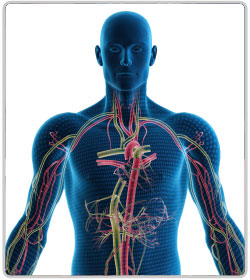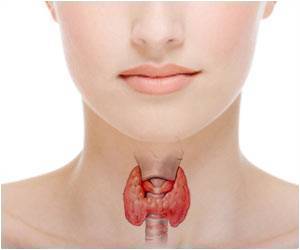How is NIDDCP Executed?
The program targets 8-10 years old school children for assessing IDD prevalence. It prefers community-based survey to the school-based survey, since the former includes children not enrolled in school.
The indicators use to assess IDD prevalence are -
- Thyroid size (palpation and ultrasonography)
- Urinary iodine level
- Level of thyroid-stimulating hormones in serum
Spot testing kits and iodometric titration method are used to measure iodine content in salt. Salt with at least 15 ppm (parts per million) iodine is classified as satisfactory. A goiter survey requires a minimum of 5 salt samples (about 20 g).
Quantifiable indicators used to monitor the progress of NIDDCP include -
- The prevalence of IDD
- Iodine content of salt
- Knowledge, attitudes, and practices (KAP) regarding iodized salt
The KAP survey needs a minimum of 5 different households in each cluster site. Issues related to salt addressed in the KAP survey include -
- Existence of iodized salt
- Importance of iodized salt consumption
- Consequences of IDD (e.g., poor physical and mental growth of children, still births, cretinism)
- Packaging of iodized salt
- Price, storage of iodized salt
- Prior washing of salt
- Source of iodized salt









